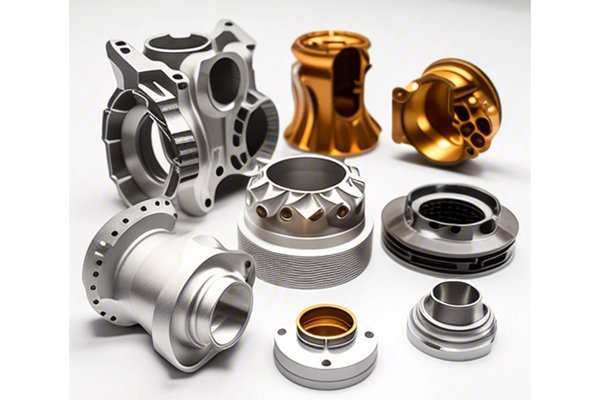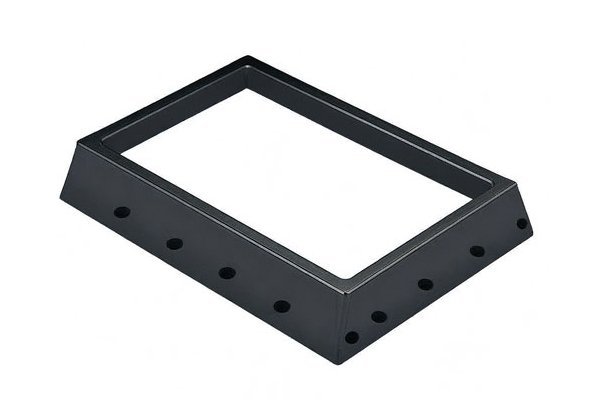Opening
Did you know that companies that utilize CNC (Computer Numerical Control) technology for prototyping can reduce their product development cycle by up to 60%? In an era where speed and accuracy are paramount in product development, CNC prototypes have emerged as a game-changer for businesses striving for innovation and quality. But how exactly do these prototypes come into play during functional testing, and why is precision so integral to this process? This blog will unravel these questions while guiding you through the various ways CNC prototypes can assist in effective functional testing.
—
Understanding CNC Prototyping: The Basics
Before we dive into the application of CNC prototypes in functional testing, it’s crucial to understand what CNC prototyping entails. CNC machining involves the use of computer-controlled tools to create precise parts and prototypes from a variety of materials. From metals to plastics, CNC machines enable manufacturers to produce accurate components that conform to exact specifications.
What sets CNC prototypes apart from traditional methods is their ability to quickly translate computer-aided design (CAD) models into physical products. This digital transformation allows engineers and designers to visualize and test their designs in real-world conditions before moving to mass production.
—
The Importance of Functional Testing
Functional testing is a critical phase in product development, as it focuses on determining whether the prototype performs its intended function under various scenarios. This phase is essential for identifying potential design flaws, ensuring usability, and confirming that the product meets regulatory and industry standards.
For instance, imagine a manufacturer of medical devices needing to ensure that a new surgical tool can withstand a certain amount of pressure without failure. Given the high-stakes nature of such products, precision in the prototype becomes paramount. An inaccurate prototype might lead to design changes that could extend timelines and cost more in the long run.
—
How CNC Prototypes Facilitate Functional Testing
One of the primary benefits of CNC prototypes is their ability to reduce development time significantly. This acceleration comes from the capacity to produce fully functional models in a fraction of the time it would take using traditional methods. By streamlining the prototyping phase, manufacturers can quickly move to functional testing, allowing for faster iterations and refinements based on test results.
When it comes to functional testing, precision is everything. CNC machining excels in delivering exceptionally precise components. The automated nature of CNC machines minimizes human error and ensures that each prototype is manufactured according to exact specifications. This accuracy is essential when testing product functionality as even the smallest variation can lead to failure in real-world applications.
For instance, in the automotive industry, testing components like engine parts requires extreme precision. A CNC prototype ensures that parts fit together seamlessly, making functional tests both reliable and meaningful.
CNC prototypes can be produced from a wide array of materials, including metals, plastics, and composites. This versatility allows engineers to select materials that closely resemble those meant for the final product, enhancing the functional testing phase’s accuracy.
A company designing a new drone might produce prototypes using lightweight yet durable materials that mimic the final product, making the functional tests more legitimate.

Modern CNC machines can handle complex geometries that would be difficult or impossible to achieve through traditional manufacturing methods. This capability allows designers to test intricate features of their product in functional scenarios. When prototypes can replicate complicated designs, the functional testing phase becomes more robust, offering in-depth insights into how the product will perform in the intended environment.
CNC prototypes facilitate an iterative testing approach. Given their quicker turnaround time, manufacturers can create multiple prototypes, each with slight variations based on the feedback received from prior tests. This iterative process allows teams to explore different design solutions effectively.
Imagine a situation where user feedback indicates that a particular tool feels uncomfortable in the hand. Using CNC machining, engineers can adjust the design and fabricate a new prototype rapidly, enabling continuous functional testing that leads to product perfection.
—
Examples of CNC Prototypes in Functional Testing
Medical Devices
In the medical sector, prototyping has become increasingly important. Surgical instruments, diagnostic devices, and prosthetics must be rigorously tested to ensure safety and usability. CNC prototypes enable manufacturers to create realistic replicas of medical devices to assess functionality and ergonomics critically.
Consumer Electronics
Similarly, manufacturers of consumer electronics rely on CNC machining to prototype components such as casings and circuit boards. Conducting functional tests on prototypes can identify issues like heat dissipation, user interfaces, and battery placements—keeping the final product in line with market expectations.
Automotive Parts
In automotive engineering, CNC prototyping allows for precise simulation of vehicle parts such as brackets, mounts, and enclosures. Functional testing can include stress tests under typical driving conditions, ensuring that all components work harmoniously.
—
CNC prototypes play a vital role in the product development and functional testing landscape. Their ability to significantly reduce lead times, deliver high precision, cater to a range of materials, accommodate complex designs, and support iterative development makes them indispensable. As businesses continue navigating the challenges of innovation and quality assurance, understanding and leveraging CNC prototypes can lead to substantial competitive advantages.
This exploration illustrates how essential it is to rethink the traditional approaches in product development and further integrate CNC technology to ensure functional capability. For manufacturers across various sectors, embracing CNC prototyping could be the key to achieving products that meet both market demands and performance standards. It’s worth considering how these innovations can not only enhance the efficiency of your design process but also ensure that what you bring to market is the best it can be.
In the high-stakes world of product development, the importance of precision and efficiency can never be overstated—it’s not just about getting products to market faster; it’s about getting the right products to market.






